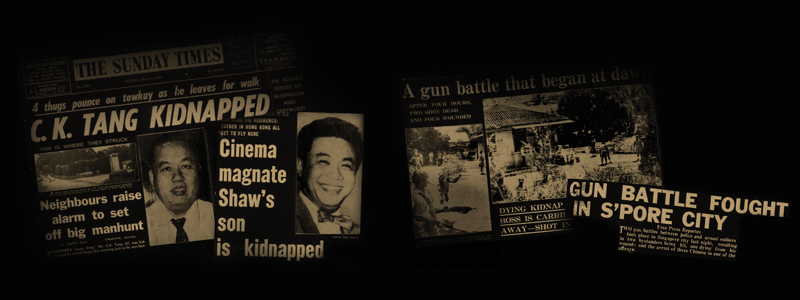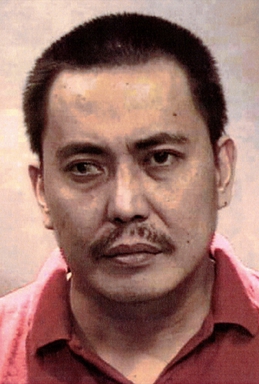Every so often I find these little tidbits of information that I didn't know about history that are cool, interesting, or just weird and want to share them but they don't really fit properly into any sort of discussion. Still they are things I'm sure other people would enjoy knowing. I'm sure we have all run into that to. So this thread is to share those interesting bits of history that are little known or simply not known enough. Debate over accuracy and all that is allowed but please create a new thread if it goes on to long.
I'll start it off with some Bottle Gourd facts that I just learned. No one really knew how the bottle gourd to to the Americas. It grows on a tropical tree so any trip across the arctic wouldn't really work even if it was by a coast hugging boat as the distance between places it could grow were simply to far. The latest genetic study on it found that bottle gourds in the Americas actually are nestled deep within the African branch of the tree and are not closely related to the Asian branch at all. This means that the gourds would have had to float across the Atlantic to reach the Americas. The thing is the wild type of gourd likely wasn't strong enough or water proof enough to make that kind of journey on the currents and winds. Also all the American strains are closer to multiple different domesticated versions in Kenya they they are to the wild plant. So their would have had to be a domesticated bottle gourd at the minimum of 10,000 bp with multiple times they got washed out to sea and ended up surviving to grow in the Americas.
It gets more amazing when you take a look at just how back those branches between the Asian and African go. Now making an accurate genetic clock estimate is hard are genetic mutation rates are variable so keep that in mind but that branch goes back between 105,000 years and 181,000 years before present. The second split where the African branch diversified is between 60,000-103,000 BP. So it is possible that a tree that makes containers was the first things humans domesticated even if it was very likely an accidental domestication.
Link to the study.
I'll start it off with some Bottle Gourd facts that I just learned. No one really knew how the bottle gourd to to the Americas. It grows on a tropical tree so any trip across the arctic wouldn't really work even if it was by a coast hugging boat as the distance between places it could grow were simply to far. The latest genetic study on it found that bottle gourds in the Americas actually are nestled deep within the African branch of the tree and are not closely related to the Asian branch at all. This means that the gourds would have had to float across the Atlantic to reach the Americas. The thing is the wild type of gourd likely wasn't strong enough or water proof enough to make that kind of journey on the currents and winds. Also all the American strains are closer to multiple different domesticated versions in Kenya they they are to the wild plant. So their would have had to be a domesticated bottle gourd at the minimum of 10,000 bp with multiple times they got washed out to sea and ended up surviving to grow in the Americas.
It gets more amazing when you take a look at just how back those branches between the Asian and African go. Now making an accurate genetic clock estimate is hard are genetic mutation rates are variable so keep that in mind but that branch goes back between 105,000 years and 181,000 years before present. The second split where the African branch diversified is between 60,000-103,000 BP. So it is possible that a tree that makes containers was the first things humans domesticated even if it was very likely an accidental domestication.
Link to the study.






